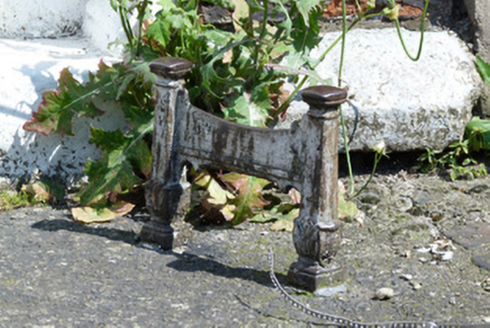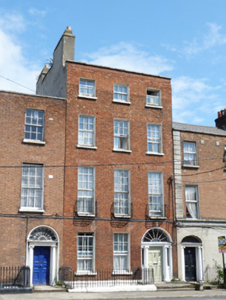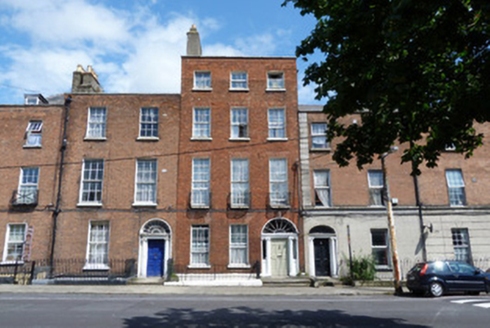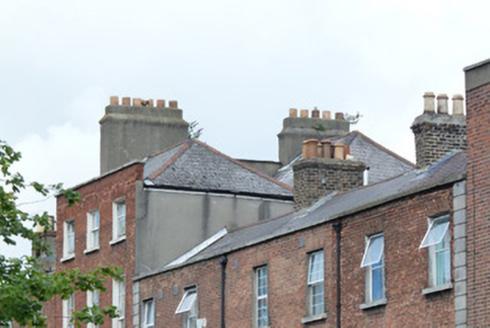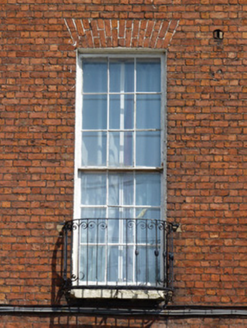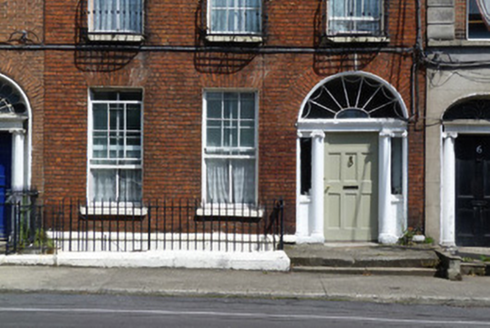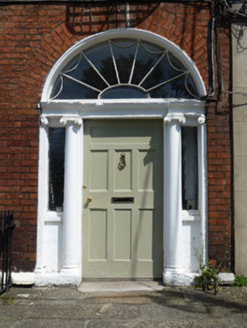Survey Data
Reg No
50060288
Rating
Regional
Categories of Special Interest
Architectural, Artistic
Original Use
House
In Use As
House
Date
1800 - 1820
Coordinates
315717, 235735
Date Recorded
06/08/2014
Date Updated
--/--/--
Description
Terraced two-bay four-storey house over basement, built c.1810. M-profile pitched artificial slate roof, hipped to east end, hidden behind brick parapet with granite coping. Rendered brick chimneystack with yellow clay pots to west end. Brown brick walls laid in Flemish bond over cement rendered walls to basement to front elevation, cement rendered walls to east and west elevations. Square-headed windows openings with brick voussoirs, rendered reveals and granite sills. Six-over-six pane timber sliding sash windows to ground and second floor, nine-over-nine pane having wrought-iron balconettes to first floor and three-over-three pane to third floor. Round-headed opening with rendered reveals, brick voussoirs, rendered reveals, panelled timber door, engaged Ionic columns and Ionic respond pilasters supporting fluted frieze and cornice. Replacement sidelights and cobweb fanlight. Granite platform with cast-iron bootscrape. Wrought-iron railings on moulded granite plinth to basement area.
Appraisal
Synnott Place was part of the residential development undertaken by Gardiner family in the northeastern sector of the city. It retains a terrace of fine three-storey and four-storey houses over basements, forming a pocket of grand architectural character at the edge of the city. It was part of a scheme of streets leading to a proposed circus on the site of the present Mater Hospital. The street was laid out in the 1790s as the westward continuation of Gardiner Street and the houses are typically Georgian in character, although some later infill is evident. The façade of No.7 is classically restrained with ornamentation limited to an elaborate doorcase with Ionic columns with matching respond pilasters with wide cobweb fanlight.
